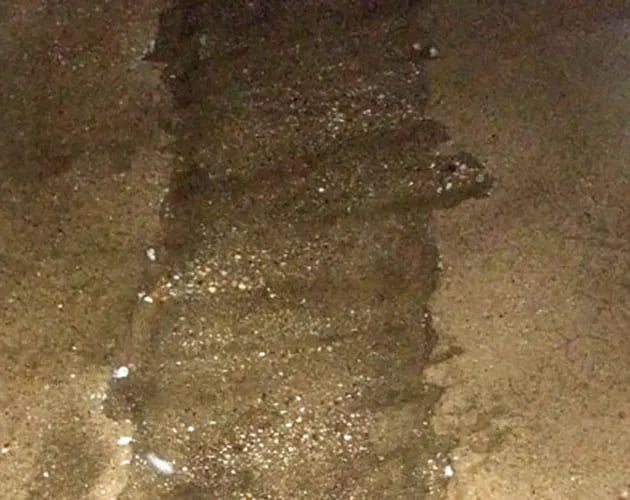Epoxy Moisture Vapor Barriers
Moisture mitigation placed under our other coating systems!
Membrane-Forming Moisture Mitigation Systems
STRONGHOLD FLOORS offers concrete epoxy moisture vapor barriers. Typically, this system is only required in older homes or areas that have a high water table. Our staff will let you know if a concrete moisture mitigation system is right for you.
Our epoxy vapor barriers:
-
Meet the ASTM F3010-13 product requirements.
-
Reduce moisture vapor emission rates (MVER) through the concrete slab.
-
Help control MVER up to 20 lbs/24 hr/1000 square feet.
-
Can be placed under epoxy and other polymer systems, along with Vinyl sheet goods, tiles, wood veneers, and carpet.
STRONGHOLD FLOORS offers various types of moisture vapor barriers from several manufacturers. All manufacturer warranties will require MVER testing according to test methods F2170 or F1869.

Frequently Asked Questions about Epoxy Moisture Vapor Barriers
Our preferred chemical moisture vapor treatments are 100% solids; they contain no volatile organic compounds (VOCs).
These epoxy coatings aren't designed to be the wear layer. Subsequent layers of a polymer system (epoxy, urethane, novolac, etc) are placed on the vapor barrier the following day.
In addition, the epoxy vapor barrier can serve as the mitigating system for other types of flooring, such as carpet, tile, wood, VCT, or sheet goods.
Typically, no. Garages at or above grade with a stone base normally don't experience high moisture vapor emission rates (MVER).
Garages below grade or where the slab is directly in contact with the earth may experience high MVER. An epoxy vapor barrier system may help, but additional data will be required to determine the suitability of this system.
If its a newer residential construction and conforms with common construction codes and practices, usually not. Older homes or areas with a high water table often experience higher moisture vapor emission rates and an epoxy vapor barrier may assist.
Testing would be required to determine the suitability of an epoxy vapor barrier.



